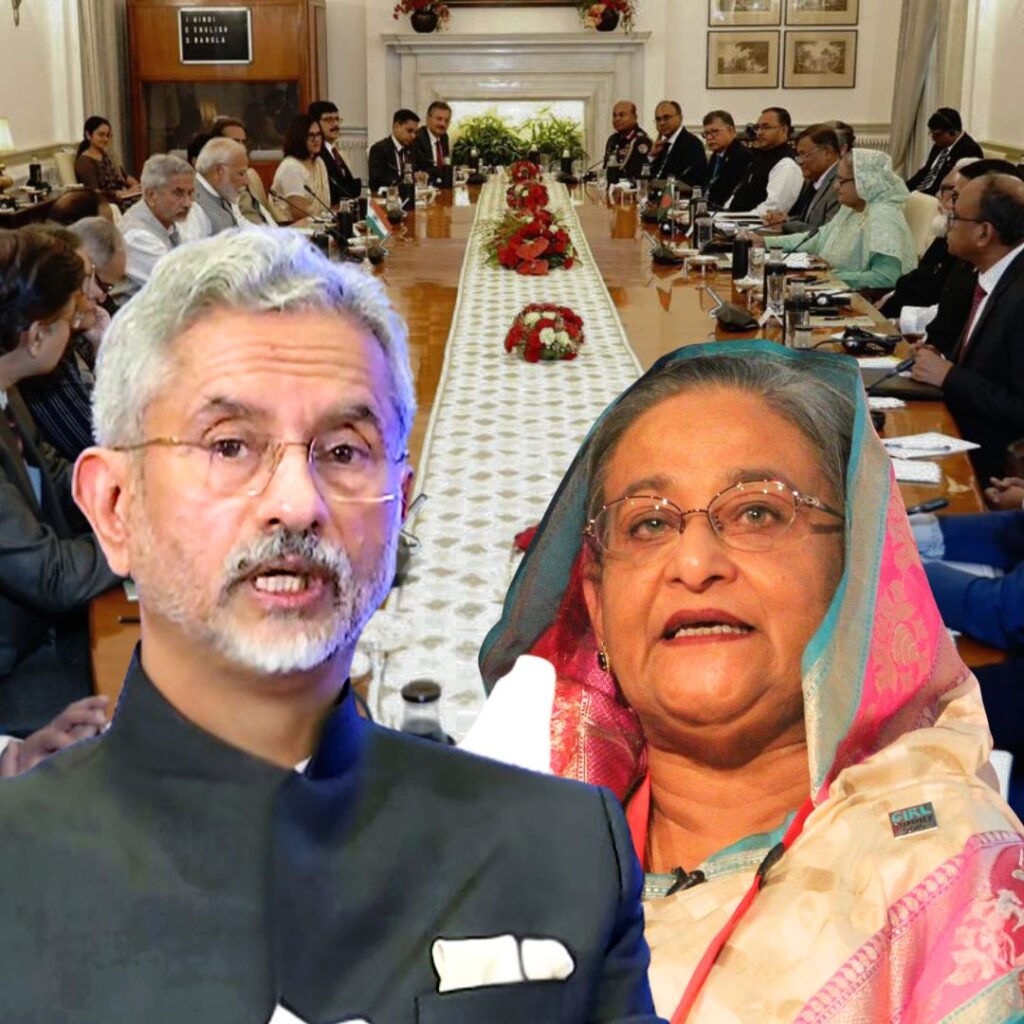A comprehensive five-year study conducted by Calcutta University’s Genetics Research Unit and the Institute of Reproductive Medicine (IRM), Kolkata, has found that keeping mobile phones in trouser pockets and laptops on laps for extended hours significantly increases the risk of male infertility, particularly for men aged 20-40 with specific genetic mutations.
The research involving 1,200 men suffering idiopathic infertility revealed that prolonged exposure to electromagnetic radiation and heat from these devices damages sperm-producing testicular tissue, increasing infertility risk up to tenfold. Officials, including lead researcher Professor Sujay Ghosh, stress awareness and cautious gadget use amid rising concerns over male fertility decline globally.
Electromagnetic Exposure and Genetic Vulnerability: The Research Findings
The study focused on men exhibiting azoospermia (no sperm) or oligozoospermia (low sperm count), excluding infertility caused by female partners or anatomical defects. Participants underwent extensive lifestyle and epidemiological questionnaires, semen and blood analysis, and next-generation DNA sequencing to identify genetic mutations.
Researchers discovered that prolonged direct contact with laptops and phones created a high-intensity electromagnetic field combined with heat, which caused significant damage to the delicate tissue within the testicles, leading to sperm cell death.
This damage was notably more severe in men carrying gene mutations that impair natural DNA repair mechanisms, making young men, the heaviest users, most vulnerable. Professor Ghosh underscored the need for behavioural changes: “Electronic gadgets should be used judiciously, and a healthier lifestyle adopted to mitigate these risks.”
Contextualising the Fertility Crisis: A Global Perspective
This study adds a significant piece to the mounting global evidence of the so-called “Spermageddon,” where male sperm counts have declined by nearly 50% over the past 50 years. While previous international studies have questioned the definitive link between gadget radiation and infertility, this research uniquely integrates genetic analysis with lifestyle data to highlight that genetic susceptibility combined with prolonged gadget exposure exacerbates sperm damage risks.
Other contributors like pollution, diet, and sedentary behaviour also play a role, but the study renews attention to common modern habits such as carrying phones in pockets and laptop use on laps. Critics call for more longitudinal studies, yet the findings do prompt reconsideration of daily digital habits impacting reproductive health.
Expert Advice: How to Protect Fertility in a Digital Age
Based on the study’s findings, experts advise practical steps to reduce risk without resorting to alarmism:
- Avoid keeping mobile phones directly in trouser pockets for prolonged periods. Use bags or keep devices off the body.
- Limit laptop use on laps; prefer desks or laptop stands to reduce heat exposure.
- Take regular breaks to minimise continuous exposure to electromagnetic fields and heat.
- Maintain a balanced lifestyle with a healthy diet, physical activity, and limited addictions to support natural genome repair mechanisms.
- Seek medical advice if experiencing infertility issues, and discuss lifestyle factors with healthcare providers.
The Logical Indian’s Perspective
The integration of technology in our lives is inevitable, but this study calls for a mindful balance between embracing innovation and safeguarding reproductive health. The Logical Indian advocates for informed public dialogue that promotes empathy and evidence-based behavioural adjustments rather than fear or stigma. Encouraging a culture of awareness and practical change can help individuals preserve fertility while benefiting from technological advances. As we reflect on these findings, how can communities best raise awareness and support men facing fertility challenges in an increasingly digital world? We invite readers to share thoughts and solutions for fostering this delicate balance peacefully.











